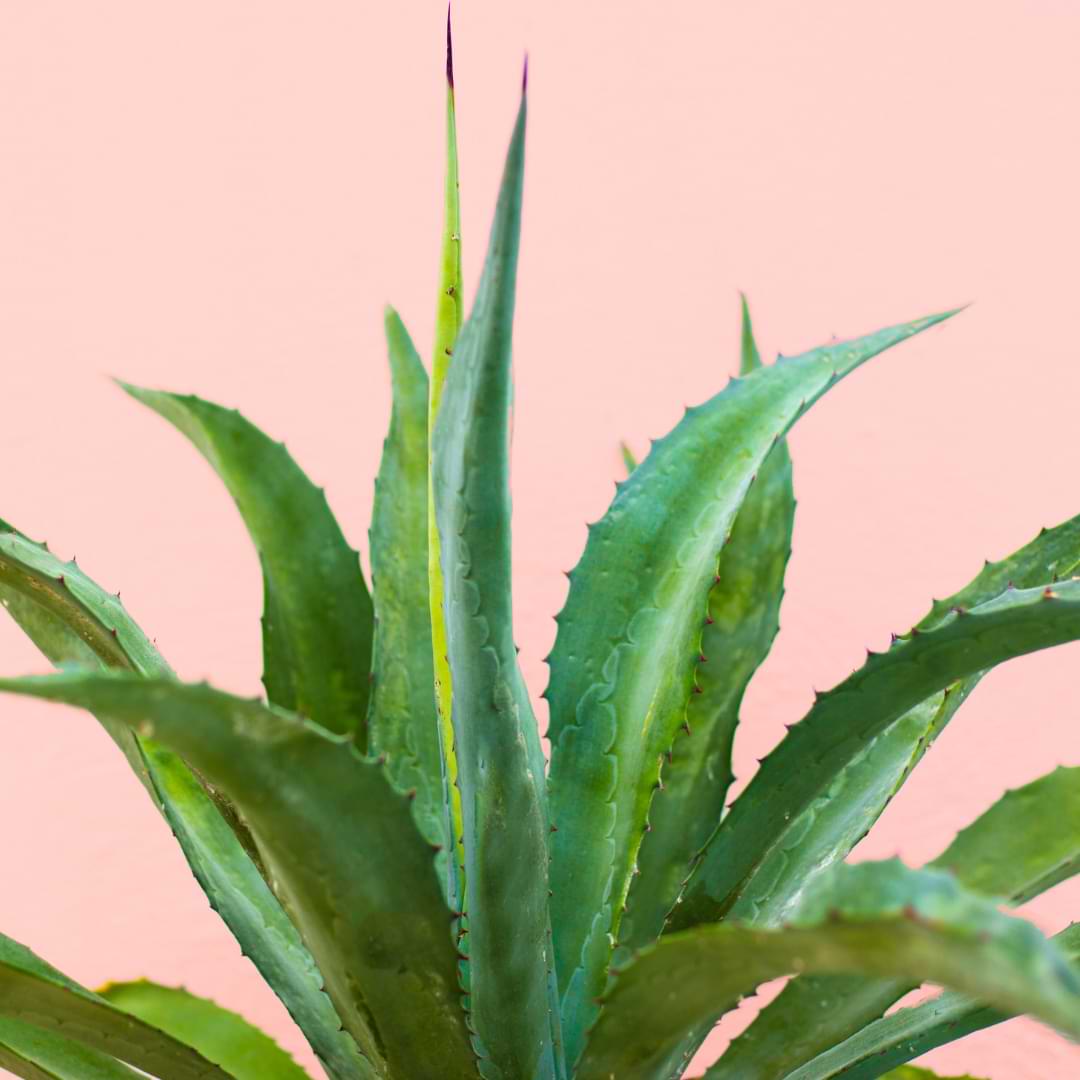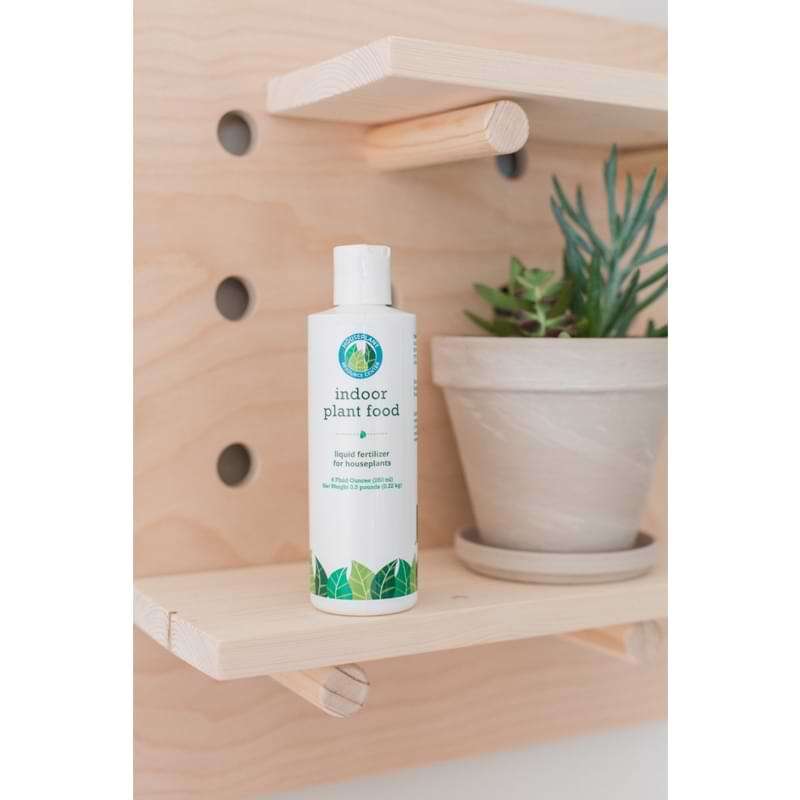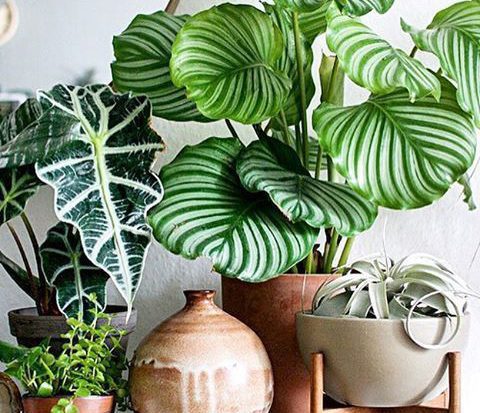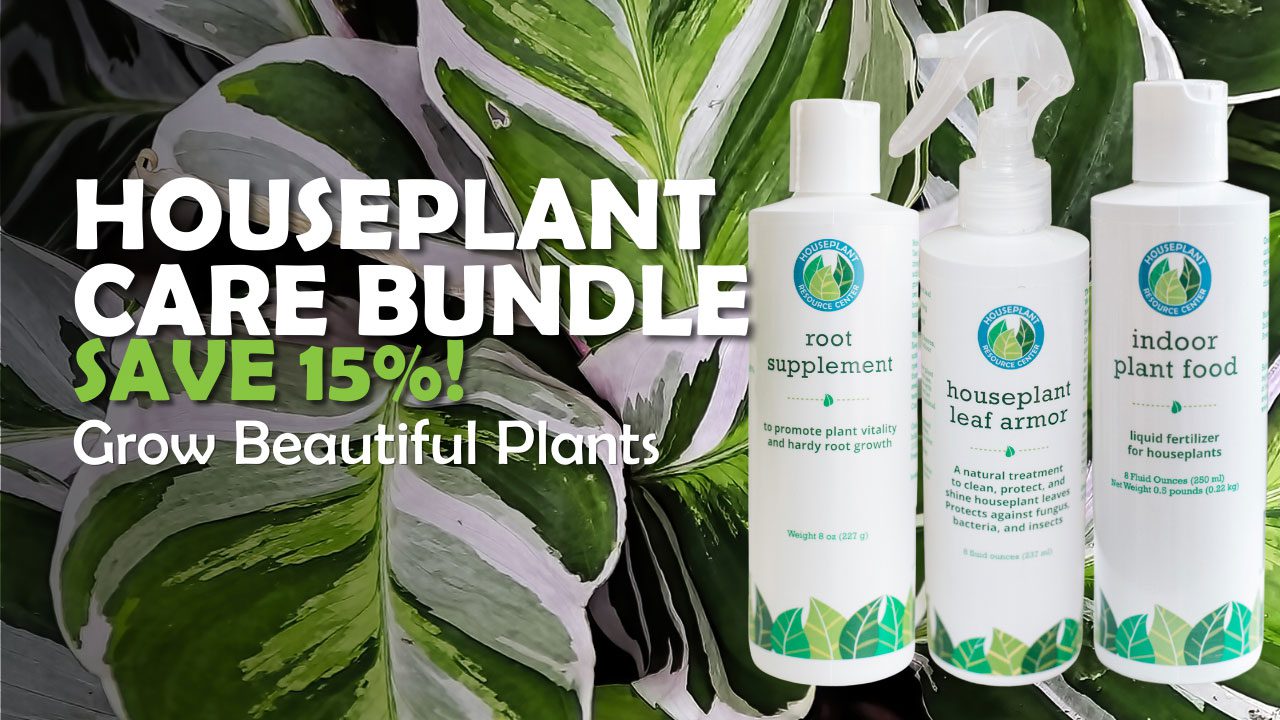Table of Contents
How To Propagate Aloe Plants
Whether for healing properties or aesthetics, knowing how to propagate aloe plants properly ensures a home full of these beautiful succulents. But like any houseplant, there’s much more to propagating aloe plants at home than meets the eye. Ensure you’ve got what it takes to produce healthy aloe plants with these expert tips.
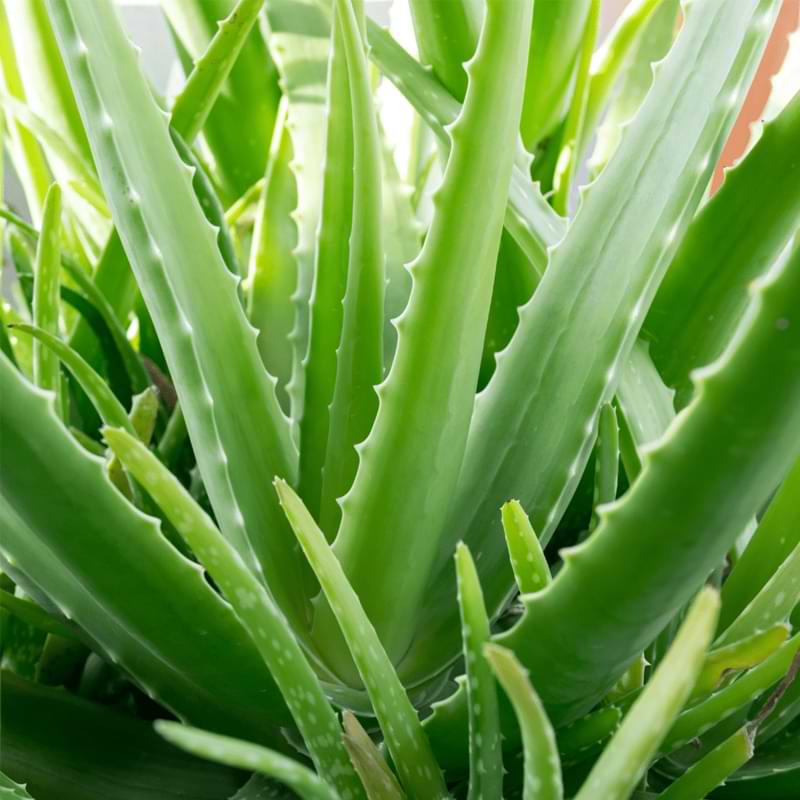
What is the Best Way To Propagate Aloe Plants?
Pup Divisions
Division is one of two main ways to propagate aloe plants. The division technique involves using the offshoots, also known as pups, that grow at the base of an established aloe plant. These pups can be separated from the main plant and potted on their own, creating a new individual aloe plant.
Pups aren’t always present on an aloe plant, so this method may not always be possible. However, for plants that produce pups, division is the fastest and easiest way to propagate them. It also ensures that the new plants will have identical characteristics to the parent plant.
To spot a pup on an aloe plant, look for small offsets that grow at the base of the plant, often appearing as smaller versions of the main plant. These pups can be separated by gently pulling them away from the parent plant while keeping their roots intact.
Once removed, these pups need to dry in the open air for 2 to 4 days before being planted in their own pot.
Leaf Cuttings
Aloe leaf cuttings are the best propagation method if pups aren’t present, as they can be taken from any part of the plant. This method is also helpful for larger aloe plants that need to be trimmed down.
The nice thing about this method is that you can get multiple plants from a single leaf, as each planted section can grow into a new individual plant. The cutting propagation method only needs pieces 2 to 3 inches long, so if you have a large aloe plant, a leaf should provide more than enough material to propagate several new plants.
To select the perfect leaf for cutting, look for a mature leaf that is plump and healthy. Signs of a healthy leaf include a bright green color and full, fleshy leaves. Avoid using any damaged or unhealthy leaves, as they will not propagate successfully.
Step-by-Step Guide To Propagate Aloe Vera
What You’ll Need To Get Started
No matter the aloe propagation method you choose, there are essential houseplant accessories and tools that are vital to ensure the success of your aloe propagation, including:
- A sharp, sterilized knife or pruning shears
- Well-draining soil mix
- Pots with drainage holes
- Rooting hormone
- Moisture meter
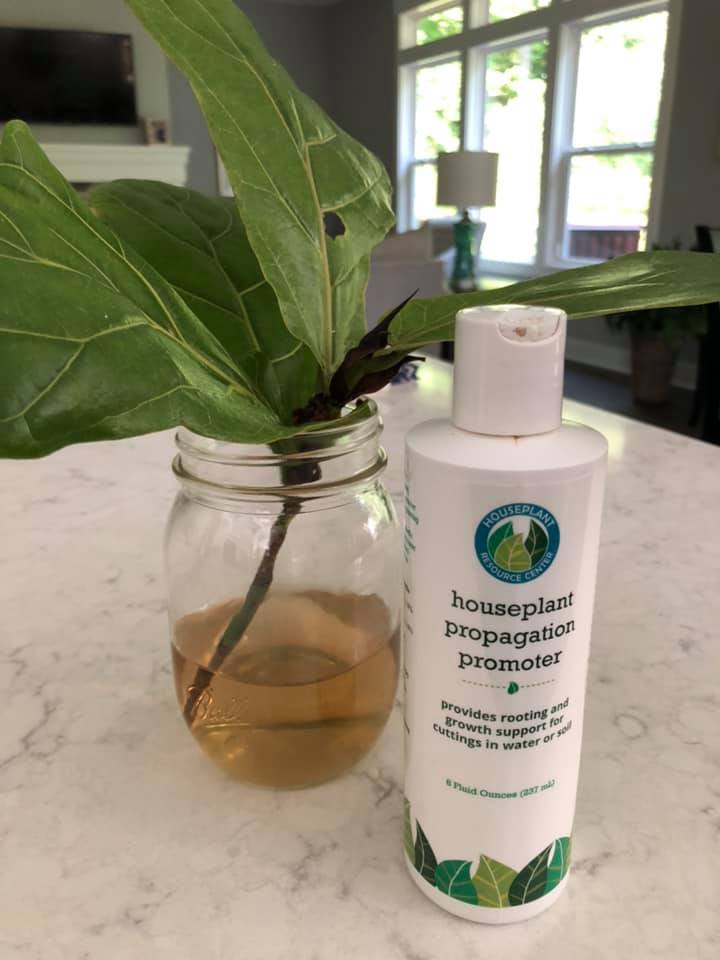
You’ll also want to get a houseplant propagation promoter. This liquid plant supplement is superb at enhancing root growth, minimizing the shock of transplanting, and improving overall plant health.
If the soil mix you choose is too dense, it won’t allow the cuttings to root properly. To make a suitable mix, combine equal parts of indoor soil and coarse sand or perlite. You can also mix in a bit of smart gravel, which helps to keep the mix loose and well-draining.
Make sure that your sharp pruning shears are large enough to cut through leaves with ease. Indoor gardeners often find heat-treated stainless steel blades the most reliable and comfortable for succulent propagation.
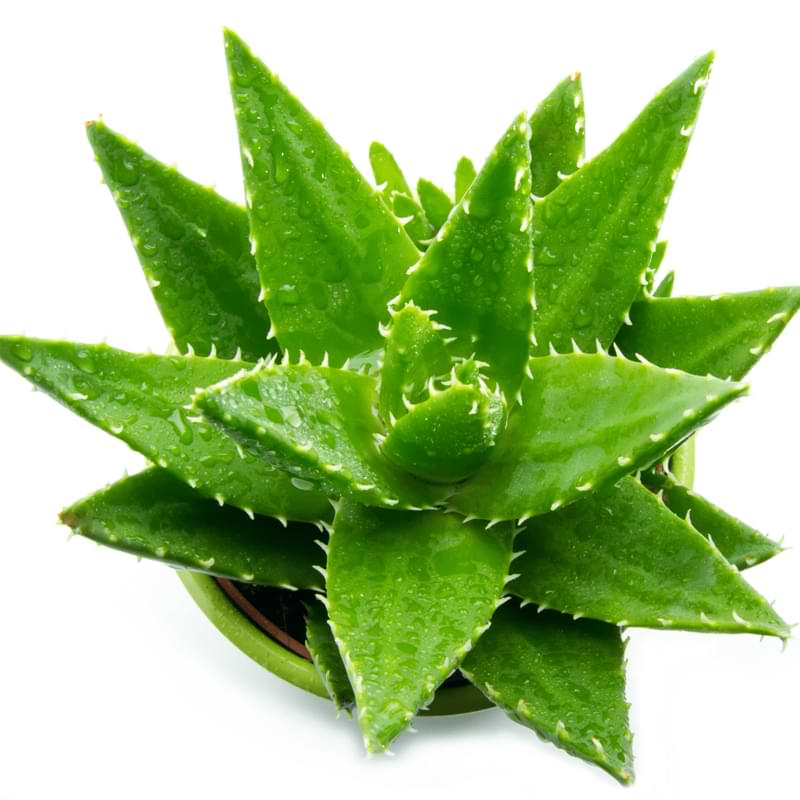
Successful aloe plant propagation requires a healthy, mature plant.
Knowing When It’s Time To Propagate Aloe Plants
Having all your aloe propagation tools around doesn’t mean the time is right to start making more aloe plants at home. Timing is critical when propagating aloe plants, and doing so at the wrong time can lead to unsuccessful results.
The ideal time to propagate aloe plants is during spring when the plant’s growth is most active, and it has enough energy for new growth on its own. This will help ensure that your cuttings or divisions have a better chance of rooting and growing into new plants.
Also, make sure to propagate aloe plants when they are in good health. Any signs of disease or pest infestation should be treated before attempting propagation. Be sure to give a good soak with your watering can a few days earlier, as you want the plant to be well-hydrated before cutting or dividing.
How To Propagate Aloe Plants: Division Method
The first thing you should do before performing division propagation on an aloe plant is give it a good watering. This will make it easier to remove the pups without damaging the roots of either plant.
Once you have identified a healthy-looking pup that is big enough to be removed, gently dig up the base of the plant with a spade or trowel. This will give you better access to the pup and minimize damage to the parent plant.
Next, carefully separate the pup from its mother plant using your hands or a sharp blade. Be sure to keep the pup’s roots intact as much as possible.
After separating, let the pup sit in a dry place for a few days until its cut end has calloused over and dried out. This will help prevent potential rot once planted.
Once the pup has sufficiently dried out, fill a pot with well-draining soil mix and smart gravel about an inch or two from the top of the pot. Make a small hole in the center and gently place the pup’s roots inside, covering them lightly with a bit more soil mix.
After the aloe plant pup division is safely in its new pot, give it a small amount of water mixed with propagation promoter and place it in a bright spot, avoiding direct sunlight for the first few weeks.
Within a month, you should see new growth from the pup and know that your aloe propagation was successful. If your original propagation pot is too small, you can easily learn how to repot your aloe plant and ensure healthy growth for years.
How To Propagate Aloe Plants: Cutting Method
After giving your aloe plant a healthy watering, select a thick, mature, and healthy leaf. Using a sharp knife or pruning shears, cut the leaf at the base as close to the stem as possible. Be sure to cut at a 45-degree angle to help with water absorption.
Set the cut leaf aside for 2 to 4 days or until a film covers the cut end of the leaf. This allows the cut end to heal and dry out, making it less susceptible to rot during propagation.
When a few days have passed, you’ll want to divide the leaf into the desired number of cuttings, usually between two to four inches in length. Each cutting should have a flat edge at the base where it was initially attached to the plant.
Dip the soil-bound end of each cutting into your rooting hormone and plant in a pot containing well-draining soil and smart gravel. Lightly pack soil around the cuttings and water well with a propagation promoter.
After a few weeks in indirect sunlight, you should see new growth from the cuttings. Once they have established roots and are producing new leaves, it is safe to transfer them into larger pots for continued growth.
Propagate Aloe Plant Care Tips
Light & Position
Mature succulents can do quite well in bright, direct sunlight, but aloe plant pups and cuttings are still growing and need to build their strength first. Place them in a bright, indirect light spot for the first few weeks until they have established themselves. You can slowly introduce them to more direct sunlight over time.
Watering
After propagation, let the soil dry out completely before watering again. This will help prevent root rot and ensure proper growth. Once established, water your aloe plants sparingly, only when the soil is completely dry. You can still continue to use a rooting hormone or propagation promoter as part of your regular watering routine.
Temperature & Humidity
Unlike other tropical houseplants, aloe vera doesn’t need much humidity to thrive. Ideally, you’ll want to keep the plant in dry areas such as a sunny window sill or bright spots in your home. As for temperature, aloes do best in temperatures between 65-80°F. At these temperatures, aloe plants can continue to grow and produce new pups for years to come.
Fertilizing
Every plant loves nutrients, no matter how resilient it is. Use a liquid plant food fertilizer as part of your regular watering routine to ensure your plants stay healthy and happy. Additionally, a houseplant multivitamin should do wonders in helping establish new growth and keeping your aloe plants thriving.
FAQ: Propagating Aloe Plants
1. Can you propagate aloe plants in water?
Yes, you can propagate aloe plants in water or soil. If you propagate in water, you’ll need clear glass to monitor root growth and transfer to soil when roots are established.
2. How long does it take for aloe cuttings to root?
Depending on the conditions and care provided, it typically takes about 3-4 weeks for aloe cuttings to root.
3. Is it necessary to use rooting hormone when you propagate aloe plants?
Using rooting hormone can help speed up the propagation process and increase success rates, so expert growers recommend using it when propagating aloe plants.
Make More Aloe Plants Today!
Understanding how to propagate aloe plants correctly ensures healthy growth for mother and baby plants. Remember to give your aloe pups or cuttings the proper care and attention needed to establish strong roots and continue growing for years to come.
Subscribe to our newsletter and join an online community of aloe plant growers passionate about learning the best tips and tricks for maintaining healthy, thriving houseplants all year long.

